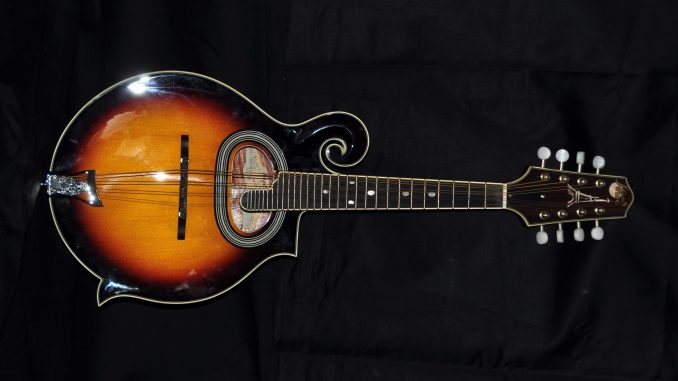
In what is the penultimate article in our Unsung Heroes of Americana series, Tim Martin talks us through the basics of that great Americana instrument, The Mandolin.
Calling the Mandolin “unsung” is maybe stretching things a bit, but as the series winds down we felt that such a quintessentially Americana instrument needed to be recognized. The Mandolin evolved during the 17th and 18th centuries in Italy. There are several different types of Mandolin but the one that crossed the Atlantic to usually feature in American folk and bluegrass was the Archtop Mandolin. Flat top, or Neapolitan, Mandolins are more common in British folk styles, and then there are Mandolas, Mandocellos, Bouzoukis…
The key name on the Mandolin in American folk music is Bill Monroe. His virtuoso playing drew from several European styles. ‘Kentucky Mandolin’ is full of lines you will hear all across Scottish and Irish folk music, while his playing on ‘Wayfaring Stranger’ came straight out of Italy. Chris Thile has taken the Monroe style of playing and added an almost classical feel in both his work with Nickel Creek and as a solo artist. David Grisman is another one of bluegrass and folk’s more inventive and innovative mandolin players, as well as being another influence on Thile. Grisman started his career in the Even Dozen Jug Band with Maria Muldaur, played with Jerry Garcia in his Bluegrass band as well as with the Grateful Dead on American Beauty. He also plays a Django Reinhardt inspired mix of Jazz and Bluegrass. Ricky Skaggs played with Bill Monroe and went on to play with Flatt & Scruggs, Emmylou Harris, and Ralph Stanley. He returned to Bluegrass in the nineties after a spell in the more traditional country music world. His playing is described as “an update of Monroe’s classic style with lots of eighth-note downstrokes, triplets, position shifts, and bluesy licks.”
In modern bluegrass especially Mandolin is often used for a percussive effect in place of drums. It can also be used as a featured solo instrument. A song that combines both these aspects is Alison Krauss’ ‘Every Time You Say Goodbye.’ The mandolin takes the opening theme and then sits under the Banjo solo to drive it along with the strings damped by the player’s right hand to give a “chugging” rhythm effect.
The key maker of Mandolins in the folk and Bluegrass worlds is Gibson. Starting in about 1900 they still make a range of high-end instruments. Vintage Gibson Mandolins have all the collecting mystique of their guitars, as well as the price tag. For the rest of us a reasonable Mandolin can be bought for a hundred pounds or so, and guitar players will recognize many of the names on the headstock. There are of course also electric Mandolins. Fender have made the Mando-Strat on and off since the fifties. Epiphone offer one in the shape of the Gibson Firebird guitar and several companies make a Telecaster shaped Mandocaster.
Should you take up playing the Mandolin? Definitely. It is quite an easy instrument to get proficient enough on to play with other people. A few chords and a bit practice will be enough to get you up to playing the rhythm lines we talked about earlier. Learning melody lines can take a lifetime, but the Mandolin is such a versatile instrument that the joy of playing music in a group makes it worth the study. It can also be played easily as a solo instrument and picking out tunes is relatively easy even for a beginner.
This was a very quick skate across the surface of all things Mandolin, it is an absorbing instrument to listen to or to play. Spending some time listening to the different styles of music that a Mandolin can enhance will draw you in to the world of Mandolin playing and you will see why it can become an obsession for some of us. Start with the videos below.
Mandolin Café is the place to go to start your journey. Mandohangout is another good site for learning, videos, and articles.



Great article Tim, and as you say unsung shouldn’t really apply to the mandolin. I know you can’t cover everything in such an overview article, but I have a shout-out for Sam Bush, king of the mandolin chop.